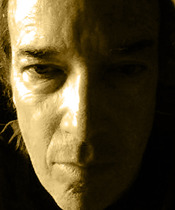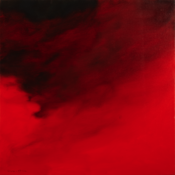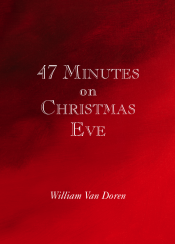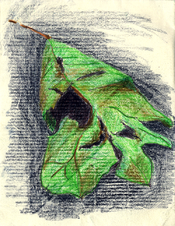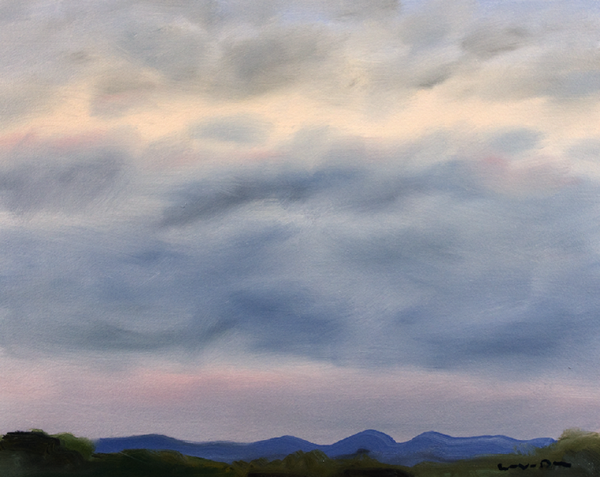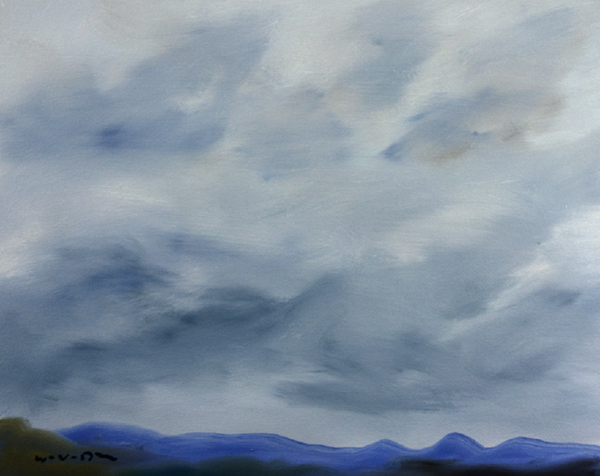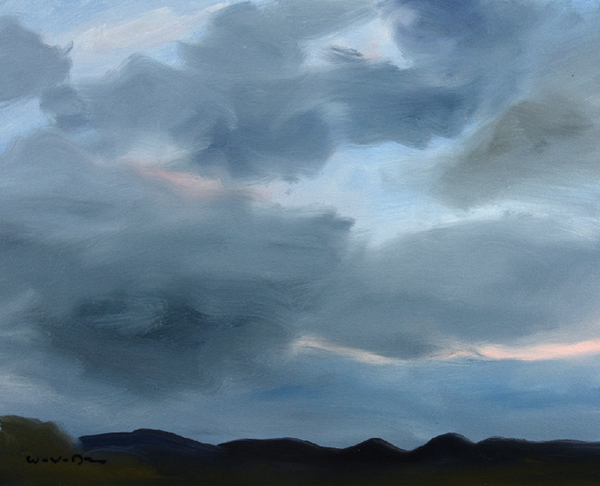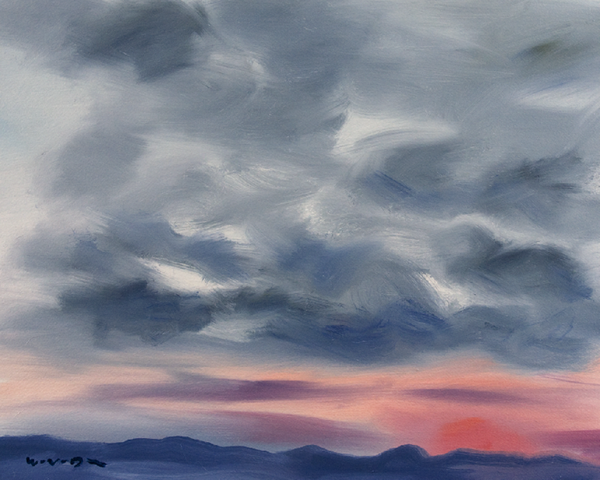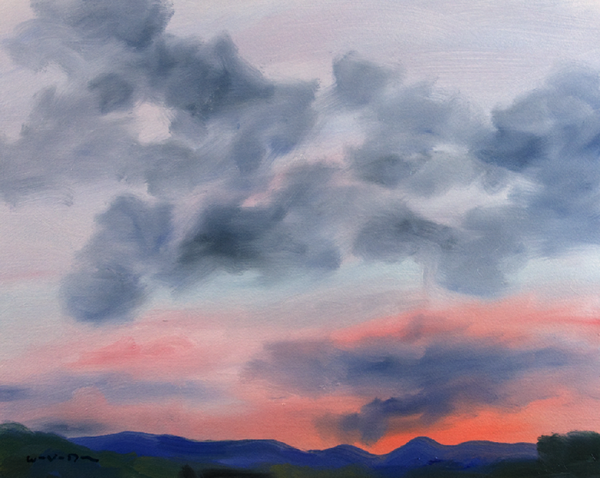Sunset, Saturday, 11 July 2009
I’ve spent most of the day going to Frederick, Maryland, and back for a birthday lunch (although my birthday’s still a few days off) at Volt. More about that later. Also later – by sometime tomorrow afternoon – I’ll have the posting of tonight’s sunset, as sketched from Fredericksburg Road in Greene County, Virginia, on the way home.
The July skies and weather, especially in the evenings, have been rather shifty and low-key, but tonight’s colors were more like pinks and blues reflected on the inside of a shell; whether the painting comes up to that ... well, we can imagine it does, until tomorrow! And I will have notes from the day.
 BVD
BVD
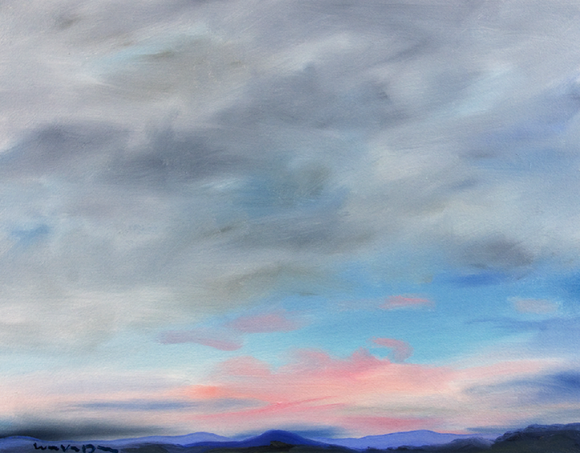 Fredericksburg Road & U.S. 29, Greene County, Va. Oil on paper, 16 x 20.
Fredericksburg Road & U.S. 29, Greene County, Va. Oil on paper, 16 x 20.
Well, so far, we’ve got the sunset. My ‘notes from the day’ have mushroomed a bit, and are still in process – I will either add them here or to the next sunset. Meanwhile, I did post part of yesterday’s story, here.
* * * *
For a long while on the drive home, the sun was always about to drop off a shelf of high dark gray, and in remaining at the margin turned a sheet of higher white cloud beyond the gray opalescent – this as we passed through Opal, Virginia. Not a big coincidence or a sign of cosmic consciousness, given how many times I drive through Opal and how much of the time the clouds look opalescent.
Finally behind the white screen the sun bloomed with soft dandelion blaze, and at the edges of the circle, nearly imperceptible, a prismatic effect like a sun dog that isn’t quite there yet, a strangely dark gold glow.
By the time we got to Greene County, these observations turned out to have nothing to do with the sunset ...
 Saturday, July 11, 2009 at 09:12PM | by
Saturday, July 11, 2009 at 09:12PM | by  BVD | in
BVD | in  Sunset Paintings | tagged
Sunset Paintings | tagged  Blue Ridge,
Blue Ridge,  Frederick,
Frederick,  Greene County,
Greene County,  Maryland,
Maryland,  Opal Virginia,
Opal Virginia,  Virginia,
Virginia,  Volt | | Comments Off
Volt | | Comments Off 
